Aging in the Age of AI
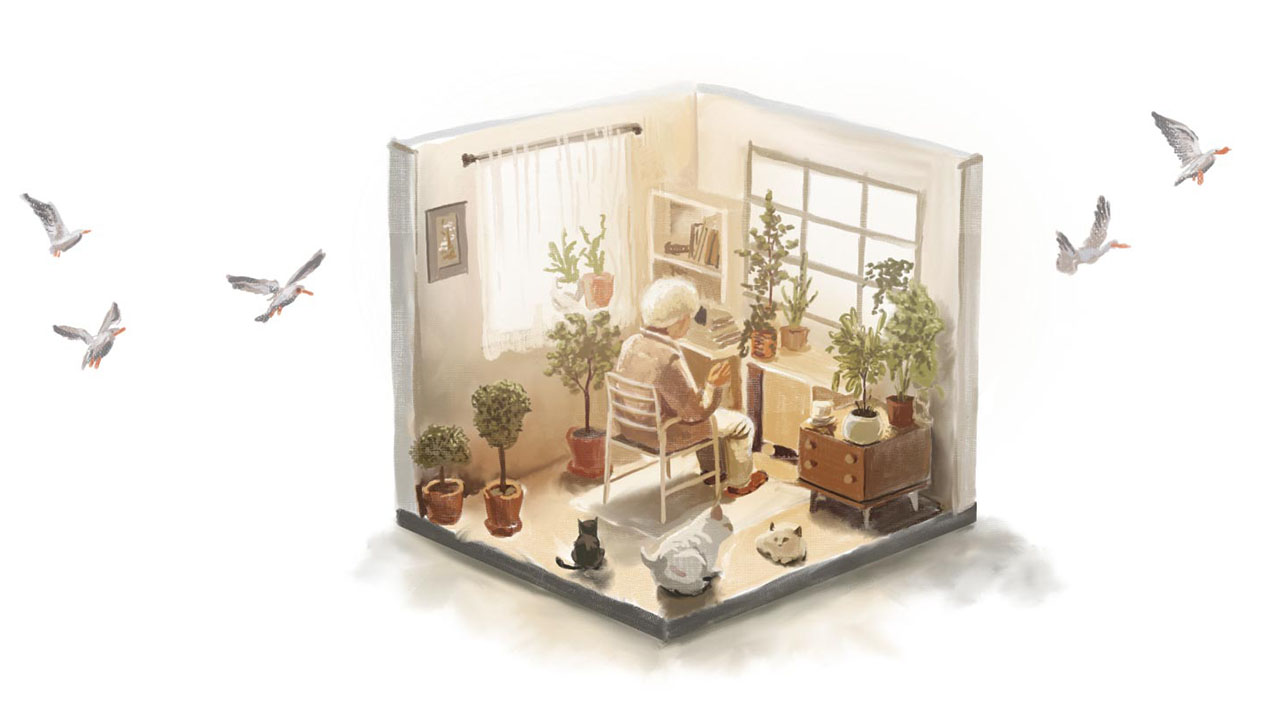
As a geriatrician, Dr. Dae Kim regularly assesses his patients for frailty—a common state of increased vulnerability associated with aging. But this once routine yet limited analysis has been getting an upgrade from some of the newest technology (artificial intelligence, computer systems that can learn and mimic intelligent behavior) which helps Kim and other researchers to assess and treat one of the most inescapable symptoms of aging.
He recalls a typical patient, “Charles,” a man in his 90s who had been referred by his cardiologist for a geriatric evaluation. Charles was contemplating whether or not to have a heart valve procedure for aortic valve stenosis and was concerned about recovering well after the procedure, given his strong preference to continue living at home with family.
“Knowing someone’s frailty level is the key in predicting who can recover quickly and who is unlikely to recover and may need nursing-home-level care,” explains Kim, who is affiliated with Harvard Medical School and founded the Frailty Research Program at the Hinda and Arthur Marcus Institute for Aging Research. Kim has long dreamed of finding efficient, passive methods for monitoring the trademark characteristics of frailty in order to provide information that could empower patients—as well as patients’ loved ones, home health care agencies, and assisted living or memory care facilities—and promote early intervention. Thanks to support from the Massachusetts AI and Technology Center for Connected Care in Aging and Alzheimer’s Disease (MassAITC), headquartered at UMass Amherst with leadership from the Robert and Donna Manning College of Information and Computer Sciences (CICS), Kim is now part of a research collaboration that seeks to make that dream a reality.
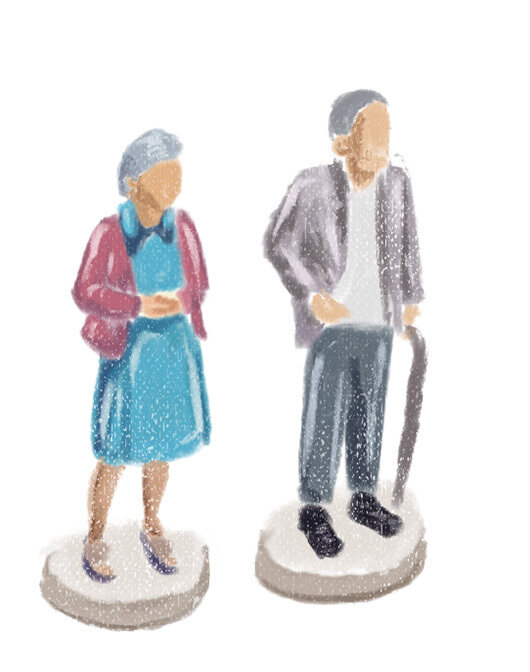 ASSESSING FRAILTY
ASSESSING FRAILTY
Frailty affects many adults in their 80s and 90s—though it’s sometimes seen in adults as young as 50—and is common in hospital and nursing home patients. It causes slow walking, difficulty rising from a chair, and decreased activity overall. Patients with frailty are less able to cope with stressors—such as medication side effects or surgery—and are more likely to experience loss of independence, falls, delirium, and early death.
Yet frailty assessments are time-consuming and there aren’t nearly enough geriatricians who can assess and manage the care of people with frailty in our aging society. “And when geriatricians conduct frailty assessments, they don’t always do so in a consistent manner,” says Kim, a South Korea native in his 40s with neat salt-and-pepper hair and a clear, deliberate way of speaking about his work.
Though he was able to assess Charles’s frailty level during his visit to the clinic, Kim says, “I wish I had information on how he was doing at home three months ago, six months ago, and one year ago to understand how quickly his frailty level had declined. I’d also want to know how his function and frailty will recover at one month, three months, and one year after the procedure he was considering.”
When Kim learned about MassAITC, he saw an opportunity to develop the kinds of home-based sensing technologies that could monitor the progression of frailty over time for Charles and other patients like him.
INTERDISCIPLINARY SOLUTIONS
MassAITC awards funding to pilot projects focused on innovation at the intersection of artificial intelligence (AI), technology, and aging. Launched in late 2021 with a $20 million grant from the National Institutes of Health’s National Institute on Aging, MassAITC is a partnership between UMass Amherst, Brigham and Women’s Hospital, Massachusetts General Hospital, Brandeis University, and Northeastern University. Its mission is to foster interdisciplinary research and to develop technologies that promote healthy aging at home for older adults (typically defined as age 65 or older) and those living with Alzheimer’s disease and related dementias. MassAITC works in close partnership with the UMass Amherst Institute for Applied Life Sciences.
“In addition to funding, we support pilots in a variety of ways,” says the center’s co-leader, Deepak Ganesan (also a professor in UMass Amherst’s CICS), including offering technical guidance to support real-world, at-home studies involving wearable and passive sensors, including machine learning applied to sensor data.
Kim met with Ganesan to discuss his idea for passive in-home frailty assessment and was connected with Amanda Paluch—an assistant professor of kinesiology at UMass Amherst whose expertise centers on using wearable technologies to promote healthy aging—and Raghav “Rags” Gupta, chief growth officer at Butlr, a startup spun out of MIT that develops thermal sensing technologies. With their common interests and complementary skills, the three are now collaborating to develop a contactless in-home assessment tool for frailty using body-heat-sensing technology. Such a tool would protect the privacy of older adults while avoiding any need for them to interface with the technology themselves.
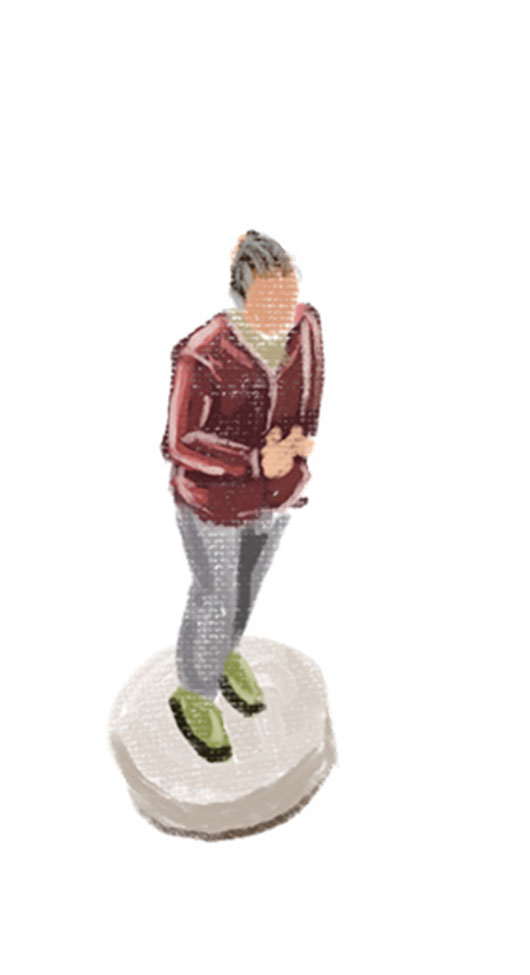 The team’s pilot study will include 60 older adults from Kim’s clinic, ranging in age from 70 to over 90, who have been assessed as having a range of frailty levels and currently live in private houses or apartments. Butlr researchers will affix thermal sensors on the ceilings of participants’ homes for between two and four weeks. The participants will also wear sensors (produced by a different company) on their thighs continuously for 10 days, which will collect “ground truth” data on their activity, including time spent sitting and standing, walking speed, and sit-to-stand transitions.
The team’s pilot study will include 60 older adults from Kim’s clinic, ranging in age from 70 to over 90, who have been assessed as having a range of frailty levels and currently live in private houses or apartments. Butlr researchers will affix thermal sensors on the ceilings of participants’ homes for between two and four weeks. The participants will also wear sensors (produced by a different company) on their thighs continuously for 10 days, which will collect “ground truth” data on their activity, including time spent sitting and standing, walking speed, and sit-to-stand transitions.
The movement data collected by the heat-sensing devices will be logged in Butlr’s platform, and the ever-growing data set will be used to train algorithms that detect markers that correlate to a clinical assessment of frailty as validated by Kim.
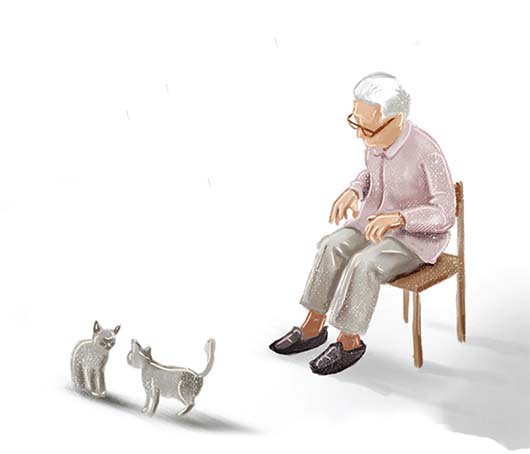 “It’s a particularly tough set of problems to solve,” explains Gupta. “For example, a person may be walking slower than their usual pace because of a common cold—or maybe they’re just having a slow day. The key is having longitudinal, reliable measurements of their movement in their environment. Only then are we able to build a complete picture that points to potential frailty onset versus the more contrived and artificial clinical setting.”
“It’s a particularly tough set of problems to solve,” explains Gupta. “For example, a person may be walking slower than their usual pace because of a common cold—or maybe they’re just having a slow day. The key is having longitudinal, reliable measurements of their movement in their environment. Only then are we able to build a complete picture that points to potential frailty onset versus the more contrived and artificial clinical setting.”
“The good news is that, similar to other machine learning models, our platform will continuously become ‘smarter’ and more adept at identifying potential worry signs. This has never been done before, so it’s really exciting,” Gupta adds.
At UMass Amherst, students are taught the importance of computing for the common good. This is exemplified by the Manning College of Information and Computer Sciences’s mission to leverage innovative technological solutions across industries, focusing on the most demanding challenges of today. Students learn cutting-edge technology and how to apply it safely and equitably toward positive progress through endeavors like the Public Interest Technology Initiative, the Computational Social Science Institute, and more.
The technology is not a substitute for clinical or caregiver expertise, Gupta notes, but rather is meant to augment it. Kim hopes that AI-assisted frailty detection can be a valuable aid to busy clinicians—particularly those who are not geriatricians by training—by processing complex data collected over time into more intuitive metrics of frailty that are understandable and actionable by patients and caregivers. With this technology, says Kim, “I think we’re really pushing the boundaries of geriatric medicine, expanding detection of this massive problem of frailty beyond the clinic and finding societal solutions.”
Kim and his collaborators will also conduct an acceptability survey to understand how participants felt about having these sensors in their homes.
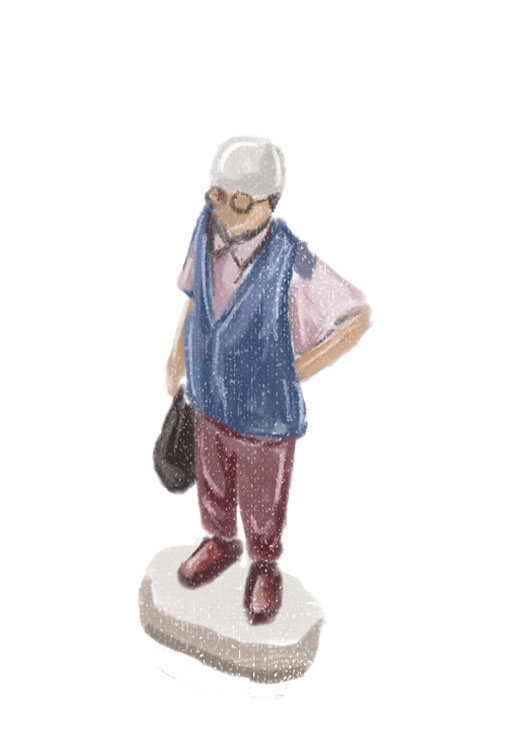 A DATA-DRIVEN FUTURE
A DATA-DRIVEN FUTURE
To date, MassAITC has funded two rounds of pilot projects. The projects focus on a range of topics of importance to older adults, such as fall risk and general physical functioning, sleep and circadian rhythms, prediction of cognitive decline, and dementia care.
In the future, Gupta envisions deploying Butlr’s in-home passive sensing system to help identify other conditions, such as loneliness or depression. “These types of sensing technologies are already being used to monitor movement patterns and health measures of elite athletes,” says Gupta. “It feels inevitable to us that these same technologies should be deployed to bridge care gaps for older adults.”
For people like Charles, technologies under development at MassAITC may one day improve their quality of life and allow them to remain at home for as long as possible, while providing their caregivers and health care providers with information needed to keep them healthy and safe.
“I think many of us have faced emotionally charged decisions with our own loved ones in determining when more care is needed,” Gupta says. “Having more health information available can certainly help inform those decisions.”
This article originally appeared in the Spring 2024 issue of UMass magazine.